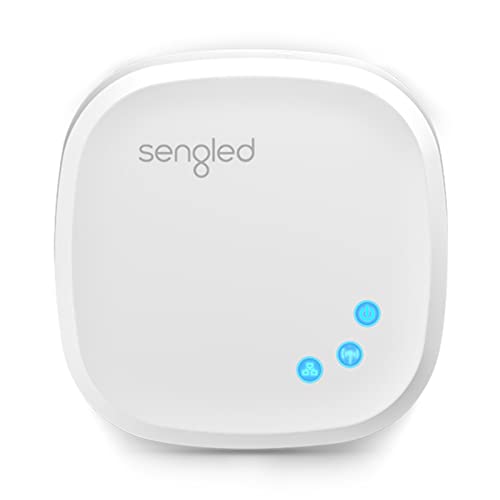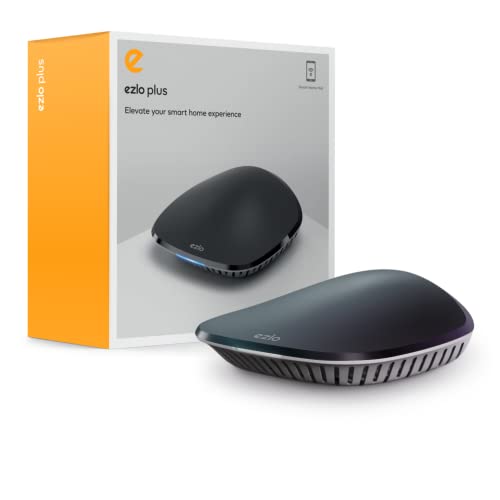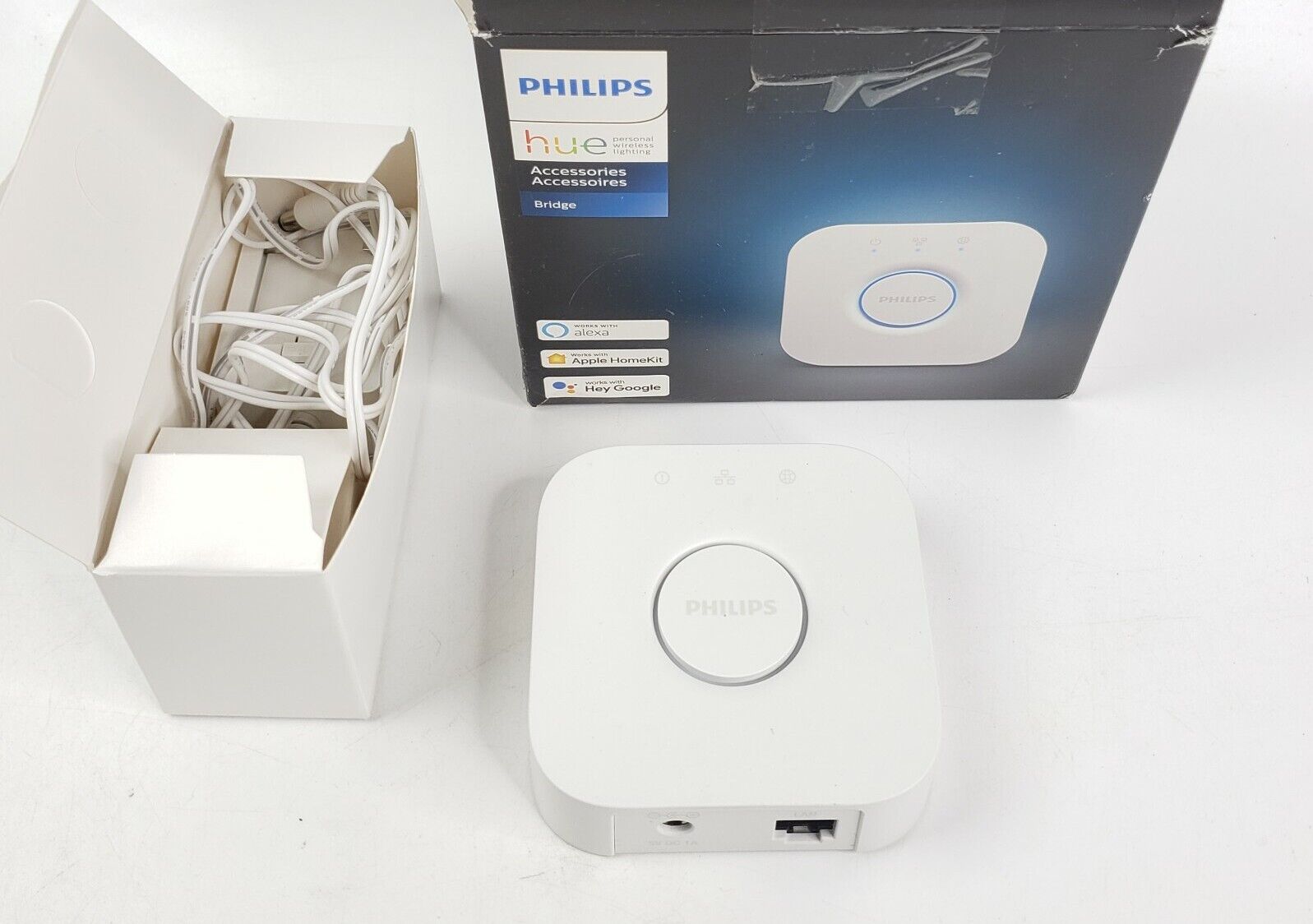Answering 10 Common Questions About Smart Home Automation
1. What is smart home automation and how does it work?
Smart home automation refers to the use of connected devices, sensors, and systems to monitor and control various aspects of your home environment automatically. A smart home automation system typically includes:
- Internet-connected devices like thermostats, lights, outlets, door locks, cameras, etc.
- A central hub or controller that allows the devices to communicate
- A smartphone app and/or voice assistant for controlling the system
- Programmable rules and schedules to automate device behaviors
The devices connect to your home Wi-Fi network and to each other, allowing them to send data and receive commands. You can then monitor and control them remotely using an app on your phone or via voice commands to a smart speaker. The system can also use AI to learn your preferences and automatically adjust things like temperature and lighting.
2. What are the benefits of having a smart home?
The main benefits of smart home automation include:
- Convenience - Control and monitor your home from anywhere using your smartphone. Set up automated schedules and rules so the right things happen at the right times automatically.
- Energy efficiency - Smart thermostats, lights, and plugs can optimize energy usage based on your habits and preferences, helping reduce waste and lower your utility bills.
- Improved security - Connected cameras, door locks, and sensors can help you keep an eye on your home and get alerts about suspicious activity. You can grant or revoke access remotely.
- Increased comfort - Have the perfect temperature and lighting based on the time of day and whether you're home or away. Wake up more naturally with gradually brightening smart lights.
- Remote monitoring - Check on your home, kids, elderly parents, or pets from anywhere. Get notified about important events like a leak or someone at the door.
- Fun and entertainment - Smart speakers and displays add voice control, music, video, games and more to your home. Smart lights can sync with your media for cool effects.
3. What devices and systems can be automated in a smart home?
Many home devices and systems now come in smart versions that can be integrated into a home automation setup, including:
- Thermostats for heating and cooling
- Interior and exterior lighting
- Electrical outlets and switches
- Door locks and garage door openers
- Doorbells and cameras
- Smoke and CO detectors
- Moisture and leak sensors
- Motorized window shades and blinds
- Sprinkler systems and garden monitors
- Large and small appliances
- Speakers, TVs and home theater gear
- Robot vacuums and mops
With the right devices in place, you can automate all kinds of useful behaviors, like having your doors lock, lights turn off, and temperature adjust automatically when you leave the house. Or get an alert on your phone if a leak or smoke is detected while you're gone.
4. How much does it cost to set up a smart home automation system?
Smart home automation can range from a few affordable devices to a whole-home professional installation costing thousands of dollars. The total cost will depend on the size of your home, the number and type of devices you choose, and whether you install it yourself or hire a pro.Some sample costs for popular smart home devices:
- Smart light bulbs: $10 - $50 each
- Smart plugs: $25 - $50 each
- Smart thermostats: $130 - $250 each
- Smart door locks: $150 - $300 each
- Smart doorbells: $100 - $200 each
- Smart speakers: $40 - $400 each
- Smart hubs: $70 - $300 each
You can start small with a few devices and expand your system over time as your needs and budget allow. For a large home with many automated devices and professional installation, costs can reach $10,000 or more. However, the energy savings and convenience can help offset the initial investment.
5. Is smart home automation difficult to use and manage?
While smart home systems may seem complex, most are designed to be user-friendly and accessible to the average homeowner. Some key things that make them easy to use:
- Smartphone apps provide an intuitive interface for monitoring and controlling devices. Most allow you to easily add or remove devices, create schedules, and automate rules.
- Voice control via smart speakers makes it easy to adjust devices hands-free, using natural language commands like "turn on the lights" or "set the temperature to 72."
- Automatic software updates keep the system running smoothly without requiring technical skills. Security patches and new features are rolled out seamlessly.
- Professionally installed systems may include in-home training and 24/7 customer support to help you get the most out of your setup and quickly resolve any issues.
- Compatibility standards like Z-Wave and Zigbee ensure devices can work together smoothly, even if they are from different brands. Hubs offer a single app to control everything.
As with any technology, there may be a learning curve at first. But most people quickly get the hang of app and voice control. And if you start with just a few devices, you can gradually expand your system as you get more comfortable.
6. Can smart home automation help save energy and money?
Yes, smart home automation can definitely help you save energy and money in several ways:
- Smart thermostats can automatically adjust your home's temperature based on your schedule, occupancy, and preferences. This ensures you're not wasting energy heating or cooling an empty house. Smart thermostats can save an average of 10-12% on heating and 15% on cooling costs.
- Smart lighting systems with LED bulbs use much less energy than traditional incandescent bulbs. They can also automatically turn lights off when a room is unoccupied, or dim them when less light is needed. Smart lighting can save 7-27% on lighting costs.
- Smart plugs and power strips can automatically shut off power to devices that are not in use, preventing them from wasting standby power. This can save up to 10% on your electric bill.
- Smart appliances like washers, dryers, dishwashers and refrigerators can optimize their energy use and allow you to run them during off-peak hours when electricity rates are lower. ENERGY STAR certified smart appliances can save a household hundreds of dollars per year.
- Home energy monitoring systems give you real-time data on your energy usage, allowing you to identify opportunities to cut waste and save. Some can even provide personalized energy-saving recommendations. Studies show home energy management systems can reduce energy use by 5-22%.
While the upfront cost of smart home devices can seem high, the long-term energy savings can more than offset the initial investment. And with the convenience and comfort they provide, smart home automation is a win-win for your wallet and your lifestyle.
7. What are the best smart home automation systems and brands?
Some of the most popular and highly-rated smart home systems and brands include:
- Amazon Alexa - Amazon's voice assistant can act as a smart home hub, controlling a wide variety of compatible devices with voice commands. The Amazon Echo line of smart speakers and displays are the center of the Alexa ecosystem.
- Google Home - Google's answer to Alexa, the Google Assistant powers the Google Home line of smart speakers and Nest smart home products like thermostats, cameras, and doorbells.
- Samsung SmartThings - This versatile smart home platform supports a wide range of third-party devices in addition to Samsung's own product line. The SmartThings Hub acts as the brain of the system.
- Apple HomeKit - Apple's smart home platform is known for its strong privacy and security measures. It has a more limited selection of compatible devices than other systems, but offers tight integration with iOS devices. The Apple HomePod mini can act as a hub.
- Philips Hue - The market leader in smart lighting, Philips Hue offers a wide selection of smart bulbs, light strips, lamps, and accessories that can be controlled via app, voice, or smart home routines.
- Ecobee - Known for its innovative smart thermostats with built-in Alexa voice control, temperature sensors, and energy-saving features. The latest Ecobee SmartThermostat also has an air quality monitor.
- Ring - An Amazon-owned brand best known for its video doorbells and security cameras, Ring also offers smart lighting and a professional monitoring service.
The "best" system for you will depend on your specific needs, budget, and existing devices. Many of these platforms can also work together to some degree, so you can mix and match different brands. The key is to choose products that are compatible with your preferred voice assistant and smart home hub.
8. How secure and private are smart home automation systems?
Security and privacy are valid concerns when it comes to smart home systems, as they involve devices that can collect sensitive data about your home and habits. However, reputable smart home brands take security seriously and offer various measures to protect your privacy:
- Encryption - Smart home devices and hubs typically use encrypted communication to prevent unauthorized access or eavesdropping. Look for devices that use standard encryption protocols like WPA2 for WiFi, and SSL/TLS for internet connections.
- Secure user authentication - Smart home apps and devices should require strong passwords and support two-factor authentication for an extra layer of security. Biometric authentication like fingerprint or face recognition is also becoming more common.
- Regular software updates - Manufacturers should provide regular software and firmware updates to patch any discovered vulnerabilities. Enable automatic updates when possible to ensure your devices stay protected.
- Privacy controls - Look for devices that offer granular privacy controls, allowing you to manage what data is collected, how it's used, and whether it's shared with third parties. Reputable brands will have clear privacy policies detailing their data practices.
- Local processing - Some smart home systems, like Apple HomeKit, prioritize local data processing on your own devices rather than relying on cloud servers. This reduces the risk of your data being compromised in a cloud data breach.
- Reputable brands - Stick with well-known, reputable smart home brands that have a track record of taking security and privacy seriously. Cheap, generic smart home devices may cut corners on security to keep costs down.
While no connected device is 100% immune to hacking, following smart home security best practices can significantly reduce your risk. These include using strong, unique passwords, enabling two-factor authentication, keeping your devices updated, and avoiding public WiFi networks. With proper precautions, the benefits of smart home automation can outweigh the potential security risks for most households.
9. Can I automate an existing home or do I need to build new?
You can absolutely automate an existing home - in fact, most smart home devices are designed for easy DIY installation in any home. While a new build allows you to integrate smart home wiring and features from the ground up, there are plenty of wireless smart home solutions that work well in existing homes:
- Smart speakers and displays like the Amazon Echo or Google Nest Hub can be plugged in anywhere to act as a control center for your smart home. They connect to your existing WiFi network.
- Smart lighting options like Philips Hue offer wireless smart bulbs and switches that can replace your existing lighting with minimal wiring changes.
- Smart thermostats like Nest or Ecobee can usually directly replace your existing thermostat, using the same wiring.
- Smart plugs and switches can add smart control to "dumb" devices you already own, like lamps, fans, or small appliances. They plug into your existing outlets and connect via WiFi.
- Wireless smart sensors for things like motion, temperature, humidity, or window/door status can be easily placed around your home to automate lights, thermostats, and more.
- Battery-powered smart locks can replace your existing deadbolt without needing to wire anything. They connect wirelessly to your smart home hub.
While some smart home devices, like smart doorbells or hardwired smart switches, may require a bit more installation effort, most can be set up by the average homeowner using just a screwdriver. Renters can also enjoy many benefits of smart home automation using wireless, portable devices that don't require modifications to the home itself.The modular nature of today's smart home systems means you can start small and add new devices over time as your needs and budget allow. This flexibility makes smart home automation accessible to almost any existing home.
10. What are some examples of useful smart home automations and routines?
The real power of a smart home lies in automation - having your devices work together seamlessly to anticipate your needs and make your life easier. Here are some examples of useful smart home automations and routines you can set up:
- "Good Morning" - A single command or schedule triggers your lights to gradually brighten, your smart speaker to play the news or weather, and your smart coffee maker to start brewing.
- "Leaving Home" - When you leave, your smart lock secures the door, your thermostat enters eco mode, your lights turn off, and your security cameras arm themselves. This can be triggered by a voice command, a smart home app button, or your phone's location.
- "Arriving Home" - Your smart garage door opens as you pull up, your front door unlocks as you approach, your lights turn on to a welcoming scene, and your thermostat adjusts to your preferred temperature.
- "Bedtime" - A voice command or schedule dims your lights, locks your doors, arms your security system, and ensures your garage is closed for the night.
- "Movie Night" - A button in your smart home app dims the lights, turns on your smart TV and sound system, and even closes your smart blinds for an instant home theater experience.
- Energy Saver - If your smart thermostat senses no one is home, it automatically adjusts to save energy. Smart lights and plugs can also turn off devices that are not in use.
- Smart Wake-up - Your bedroom lights gradually brighten and your smart speaker plays an energizing playlist to help you wake up naturally, while your smart blinds automatically open to let in the morning sun.
- Smart Plant Care - Smart plant sensors can monitor soil moisture and trigger your smart sprinklers to water your garden only when needed, saving water and ensuring your plants stay healthy.
- Smart Laundry - Your smart washer and dryer send a notification to your phone when a cycle is complete, so you can attend to your laundry promptly. You can also remotely start a cycle so a fresh load is ready when you get home.
- Smart Air Quality - Smart air quality monitors can track indoor pollution levels, temperature, and humidity, and trigger your smart thermostat, humidifier, or air purifier as needed to maintain a healthy environment.
The possibilities for smart home automation are nearly endless and can be customized to your specific lifestyle and routines. By having your devices work together intelligently, you can save time, energy, and effort while enjoying a more comfortable, convenient, and secure home.




